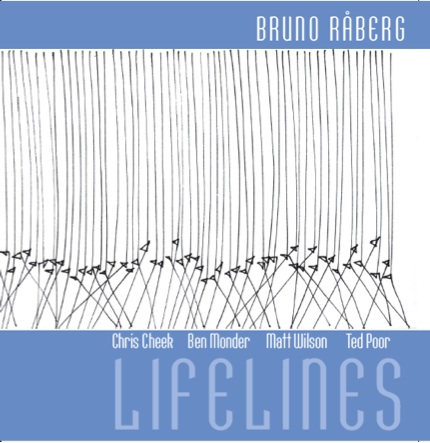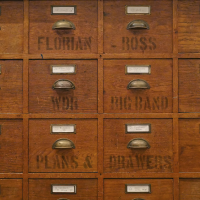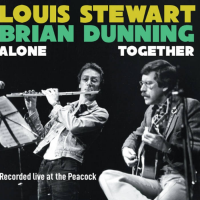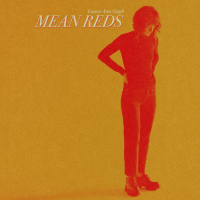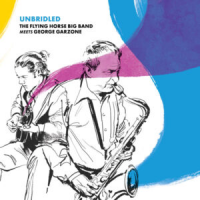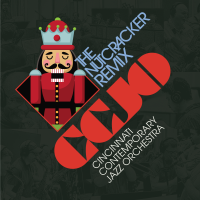Home » Jazz Articles » Album Review » John Berndt: The Private Language Problem
John Berndt: The Private Language Problem
Berndt applies his trade to the intersection of the paths of art and sound by creating new instruments and constructing sound art. After an inspired meeting with free-thinking saxophonist Jack Wright, he has pursued similar spontaneous improvisations. These recordings, made over a period of seven years, are explained to be "pre-improvisation." They do not, however, lack the imagination that improvised music provides.
The nearly 14-minute track "Dry" is from a daylong installation at the High Zero Festival. The sounds are the sampled frequencies of a recording from a fire. The decomposed tones, when explained, are recognizable only in their intensity. This sounds like a highly evolved version of a GX Jupiter-Larsen/The Haters recording of a house fire. On other tracks he utilizes percussive elements ("Grace") and keyboard feedback ("Sound of Madness").
As the tracks progress, his later work is marked by more complexity and texture. For instance, he revisits the percussive aspect on "Dragon Paths," playing a stainless steel dome by rolling spheres that contain bells. The meditative effect is evident, as on the electronically processed guitar on "Older Now," where the sounds approximate a slide guitar dream sequence. He dabbles in waves of minimalist sound on "For Lois Vierk" and crazy cartoon laboratory bubbling made from a synthesizer that interfaces with flesh! Yes Sherman, Mr. Peabody has set the Wayback Machine to the dawn of life on this planet. This won't hurt a bit.
Track Listing
Grace; Dry; Enough Pain; Sound Of Madness; For Lois Vierk; Evolutionary Biology Determining The Possibility of its Own Conceptualization; Dragon Paths; Older Now.
Personnel
John Berndt: production.
Album information
Title: The Private Language Problem | Year Released: 2008 | Record Label: Unknown label
Tags
PREVIOUS / NEXT
Support All About Jazz
 All About Jazz has been a pillar of jazz since 1995, championing it as an art form and, more importantly, supporting the musicians who make it. Our enduring commitment has made "AAJ" one of the most culturally important websites of its kind, read by hundreds of thousands of fans, musicians and industry figures every month.
All About Jazz has been a pillar of jazz since 1995, championing it as an art form and, more importantly, supporting the musicians who make it. Our enduring commitment has made "AAJ" one of the most culturally important websites of its kind, read by hundreds of thousands of fans, musicians and industry figures every month.




